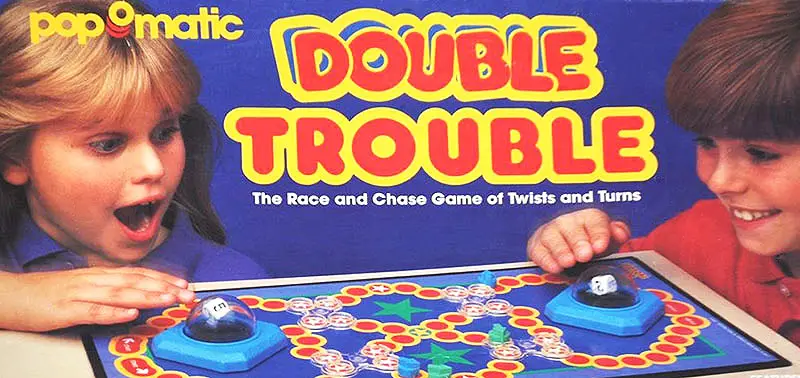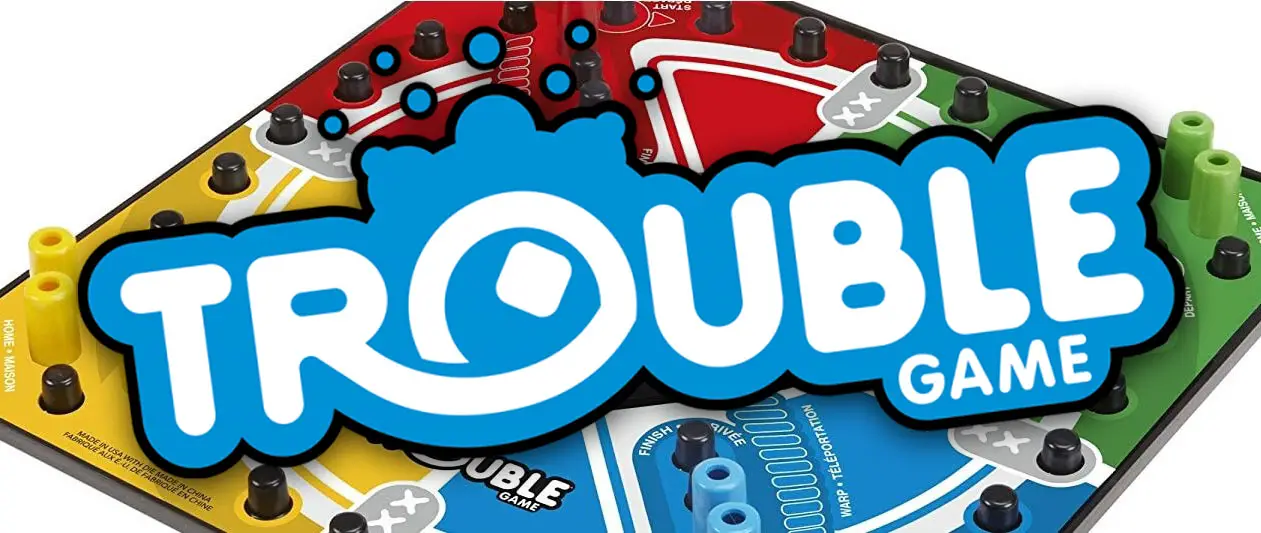
If you get the number 6, move one of your pegs to START and pop the die again.Here are some very important rules to remember: If you get other numbers, you won’t be able to move your pegs and wait for your next turn. On your first turn, you have to get the number 6 on the die to be able to move one of your pegs from HOME to START. The game playĪccording to the sequence of players, each player will take turns in popping the die and moving the peg if possible. Whoever pops the highest number will go first and the numbers on the die of other players will determine the sequence of play. To determine who starts the game, each player will press the POP-O-MATIC to roll the die. If there are only two players, you can choose to play with two sets of pegs to make the game more exciting. To begin the game, each player chooses 4 pegs of the same color and places them in the same color in the HOME part of the board. Your goal for this game is to move all four of your colored pegs from HOME to FINISH while trying to send your opponents’ pegs back to HOME. To play the game of Trouble, you will need two to four players and a specialized board with a pop-die roller called a “POP-O-MATIC” and 16 plastic playing pegs. Some of its famous players include football coach Andrew Rimmer, actor-presentor Simon O’Brien and travel author Tim Moore.

In the United Kingdom, a bi-annual world championship of Frustration, its version of Trouble is held on the Isle of Wight for two days. Milton Bradley also created a similar game named “Headache” and Hasbro created “Sorry!” that follows the same mechanic as Trouble but uses cards instead of dice. It was launched in the United States in 1965 and became an instant hit among board game lovers. and later by Milton Bradley, which is now part of Hasbro. Trouble was first manufactured by Irwin Toy Ltd. The Kohner brothers originally developed the game of Trouble, which followed the concept of the German game “Mensch argere dich nicht” and the English game “Ludo.” These two games were also based from the classic Indian game “Pachisi.”

Read Sorry Rules to know about the standard edition of the game.The first to send all four pieces around the board to the HOME will win the game. This article is about sorry fire and ice instructions and the difference between the standard edition. you can not use the new edition rules in the original game, this new edition requires a new board to play the game. These were the only difference between the original game rules and Sorry fire and ice rules. The sorry card may be used to advance 4 spaces when no pawn can be bumped (either player picking sorry has no pawn’s in Home, or there are no opponent’s pawns on the way). In the original game, a player may only start playing the game when they draw either 1 or 2 number cards but, this edition allows the player to move out of the home space with any card (Except 4 number card, which instructs players to move 4 space backward). In the original game, each player gets 4 same colors of pawns to play but, in fire and ice edition each player gets only 3 pawns. Placing the fire token on a pawn which is already in Home does not let you bring the other paw home.ĭifferences between sorry and the fire and ice edition The most important role of the fire token is when a fire token pawn moves into the Home zone of its color can bring one other pawn into Home with it from any place on the game board, including start. Then, the player moves the pawn according to the card instruction. the player with the fire token pawn may move forward to the next fire space, even before drawing a card on his turn. There is 4 fire space on the corner of the game board.


In short, this token helps a pawn to move fast. The fire token provides two powers to a pawn. You move the fire token from its current place to your other pawn on the board. Two – Move the Fire token, then move 2 space forward. If a player pawn is in line to land on an ice pawn must move another pawn or forfeit his/her turn. No player can be bumped, swapped, sent this pawn back to start. This ice token stops the pawn that has ice token on them from moving. If there is no opponent’s pawn available on the board, you return the token to the middle of the game board. After placing the ice token on your opponent, you may move 1 space forward. You move the ice token from its current place to any opponent’s pawn on the board, except pawns in Home, safety zone, or start. One – Move the Ice token, then move 1 space forward. All the card value is the same as the original except Card number one and two.


 0 kommentar(er)
0 kommentar(er)
